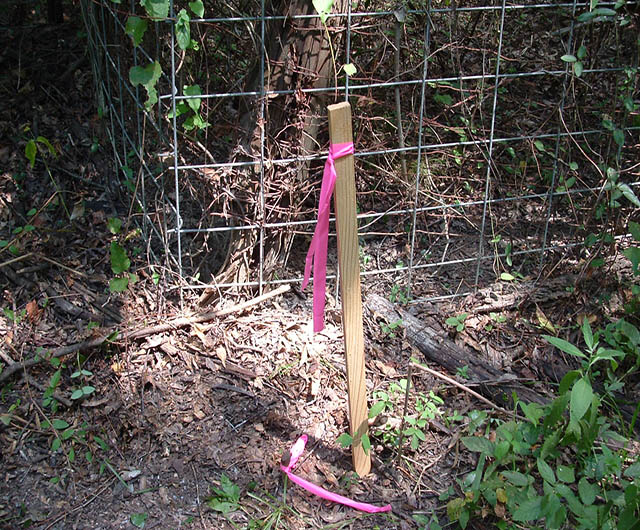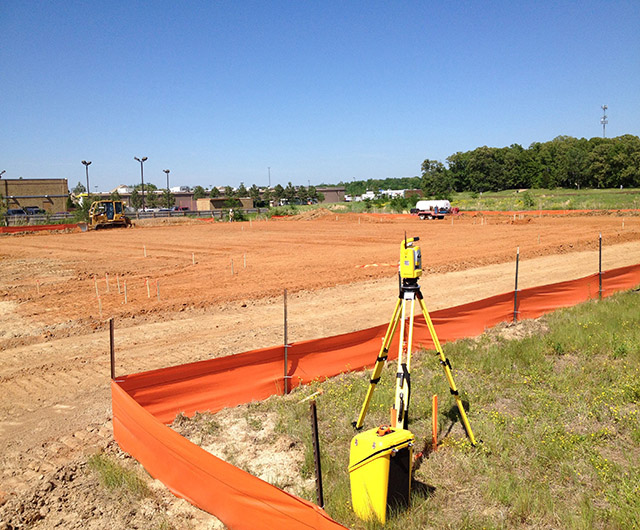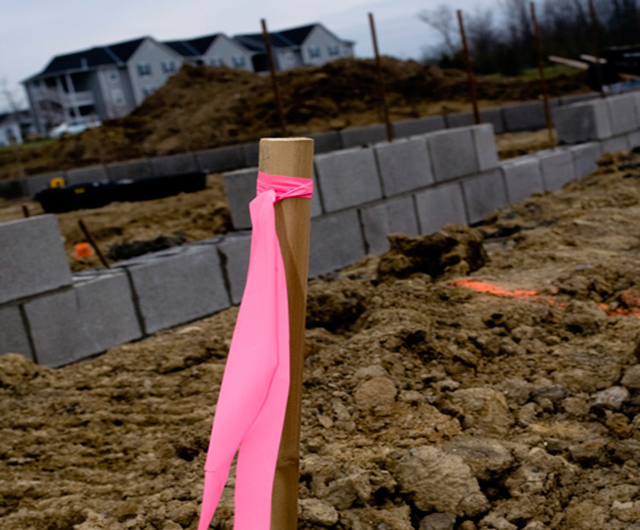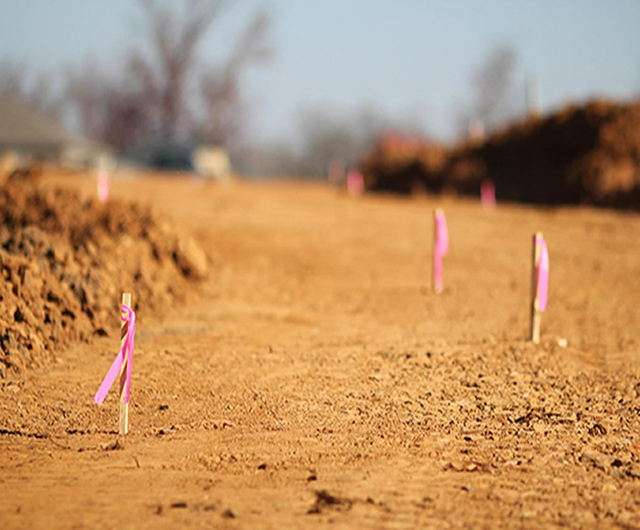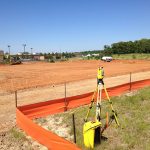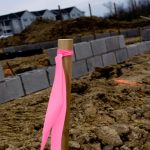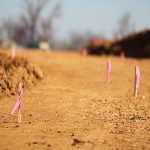Construction Staking
Construction Staking
Construction Staking / Site Layout for a good foundation
Construction Staking, also known as a Site Layout Survey, is the process of interpreting construction plans and marking the location of proposed new structures such as roads or buildings. Construction staking is performed to ensure a project is built according to engineering design plans. As the name suggests, construction staking involves sticking stakes in the ground to map out proposed improvements. The purpose of staking is to position these stakes in the ground so that they match up with project blueprints with the highest degree of accuracy possible.
In addition to making sure that construction work is performed accurately according to project designs, construction staking can also help a project manager determine where there might be problems with a project plan. Identifying these problems at the staking phase can help save time and money for the project later on. Instead of having to wait until construction work begins to find out about an issue, the project manager can find out about it early, so that he or she still has time to go back and adjust the building plan accordingly.
There are two main varieties of construction staking, dependent upon on the current status of the project and the nature of the work being performed. The first type is rough grade staking which takes place before a grading contractor comes in to perform their work. The purpose of this staking is simply to map out proposed improvements in relation to final elevation grade of the site. It is generally used for understanding the rough location and elevation of things like roads, parking lots, and building outlines. The other type is site layout staking which is more comprehensive and exact in nature. This form of staking is the final placement of the horizontal and vertical location of the proposed improvements.

